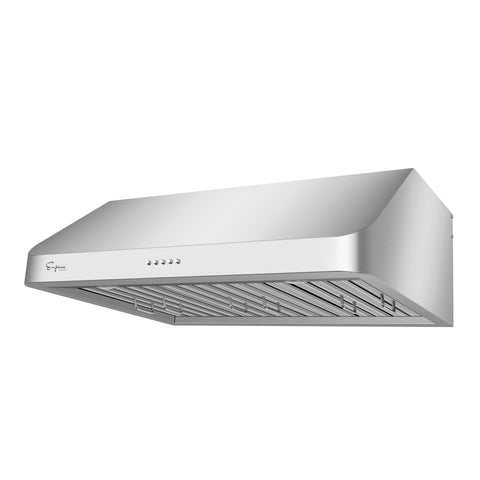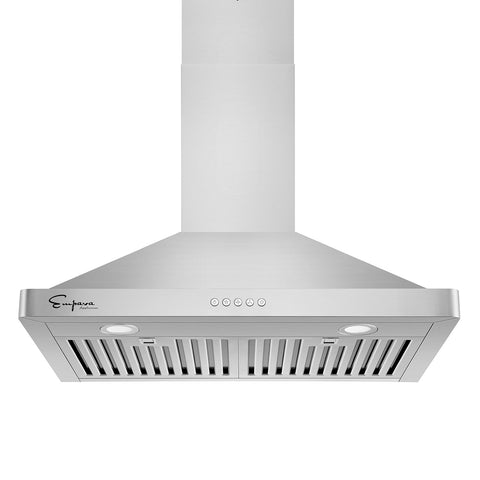Range hoods offer a lot more than just ventilation. While cooking in your kitchen, these hoods are also essential for keeping airborne particles and dangerous fumes away from your face and food. Airborne particles are more likely to collect in the filth and grime on kitchen counters and backsplashes when range hood fans are not used. Range hood is a strong but frequently neglected equipment that is responsible for sucking up toxic fumes and aromas. The result is a kitchen that smells and looks better.
In today's content, we'll mainly focus on introducing 6 common types of range hoods. If you are confused about which types of range hood you should choose for your kitchen, I think the following content may offer you some enlightenment.
The under-cabinet hood is one of the more common and compact choices for range ventilation. This type of range hood is installed beneath the cabinets that are right above the stove. For the most part, the essential venting system is simple in design and versatile enough to fit into any kitchen style.
The ductwork for the hood is either put under the hood out of an outside wall or up through the cabinet above the hood to provide ventilation. This may eliminate any storage space in your cabinet, but for the most part, this style of hood saves a small amount of wall space.
A wall-mounted range hood is another option for saving space in your kitchen. This type of range hood is mounted on the wall above the stove. In many new kitchen designs, the hood is installed instead of a cupboard in the space over the stove. One cabinet piece may need to be removed to create room for the hood in installations with existing cabinetry. These hoods sometimes have a chimney to help with ventilation, and they usually vent out the back through an exterior wall.
Unlike under-cabinet hoods, a wall-mounted hood can be a design element in your kitchen, giving your cooking area a different look depending on the product style you choose. As a result, you might end up paying a little more for this piece because it adds so much more to your kitchen space than just function.
Island or Ceiling Mounted Range Hoods
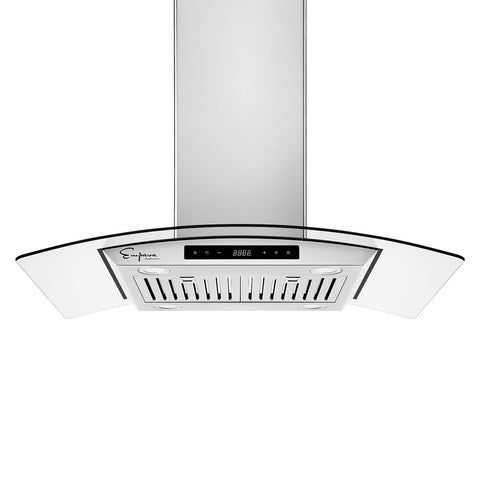
Kitchens with a range on an island or that is not against a wall may require an island or ceiling mounted hood. A ceiling-mounted hood can handle the greater output that comes with several cooking burners and equipment on bigger, professional-style cooktops.
This form of venting equipment, like a wall-mounted hood, can give your home a unique aesthetic. Some designs are available in a variety of modern materials, including copper, glass, and even ceramic–all of which are lovely choices for various kitchen design themes. Some contractors may choose to place this sort of hood a little higher than other types in order to keep the range hood from blocking the view into the kitchen. You may need to acquire a larger capacity island range hood to keep up with the demands of your stove's exhaust.
Wall Ventilation Fans
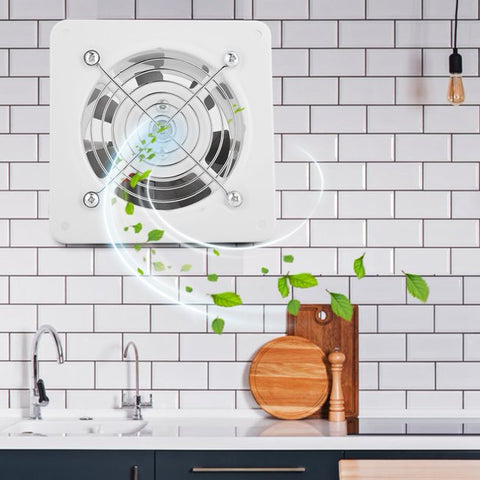
Instead of a range hood, some homeowners choose to install a wall ventilation fan in their kitchen. While a fan system can be beneficial in instances where ventilation is inadequate, it may not be as effective when aromas or gases need to be removed from your kitchen rapidly. Only a powerful range hood can keep your kitchen free of harmful smoke and odors caused by cooking with a variety of potent ingredients.
Keep in mind that if you don't pair your stove with the correct size and design of exhaust hood, you can end up with small chunks of grease accumulating around your kitchen walls. This not only gives your kitchen a cluttered appearance, but it also raises the risk of a dangerous grease fire spreading throughout your home.
Downdraft Ventilation Hoods
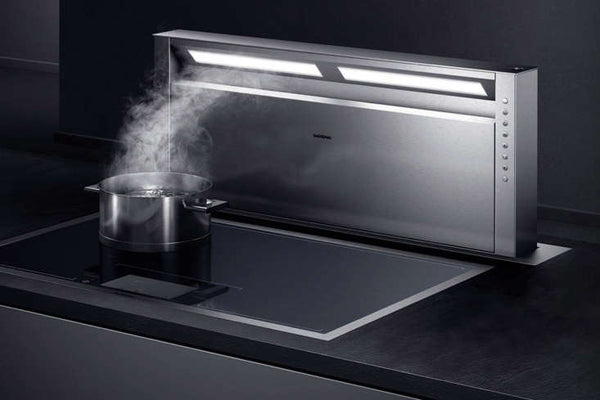
A downdraft ventilation hood is a type of ventilation system that is less commonly used. Until it is ready to use it, this form of exhaust product is kept hidden inside the cook space. The fan appears along the back of your range when you need to use it. For kitchens with little space, this could be a perfect solution. It can also be used for stoves built into a kitchen island or against a wall. These kind of ventilation solutions have an unobtrusive style that can go with any type of decor in your home.
Ventilator Power Pack Hoods

If you don't like the look of some of the more conventional range hoods, such as the wall-mounted or ceiling kind, you might prefer the ventilator power pack's more seamless style. This type of kitchen exhaust system can be readily installed without taking up all of the available storage space. Because a power pack option is compact and continuous inside the pieces already placed in your kitchen, you won't need to remove any cabinets or change the design of your kitchen. If you choose to use a power pack, you'll need to work with your contractor to have one specially fit into your existing kitchen layout.
When you're thinking of changing your kitchen's range top, don't forget to consider a new range hood as well. A system that maintains the air in your kitchen free of residual aromas, smoke, and other annoying culinary residues can help keep the rest of your house comfortable and healthy. With so many vent hood styles to choose from and almost no restrictions on where or how the hood can be installed, there is truly something to suit everyone's interests. This minor alteration in your home can drastically improve the appearance of your kitchen as well as the operation of your cooking area.



